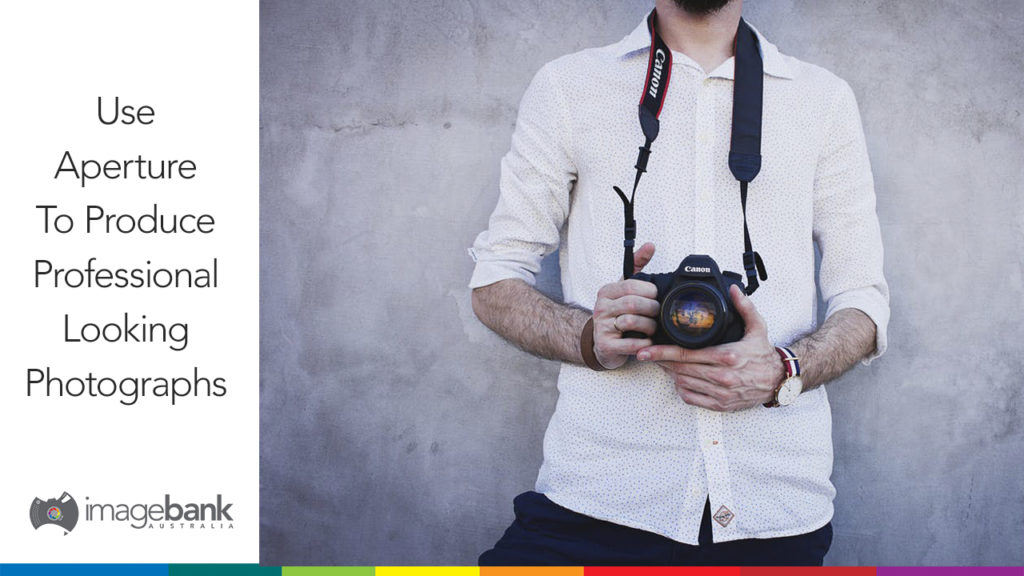No products in the cart.
Acrylic Block Prints, Acrylic Prints
Acrylic Glass Prints
BE MORE CREATIVE WITH PHOTOGRAPHY, USE YOUR APERTURE SO AS TO PRODUCE PROFESSIONAL LOOKING IMAGES FOR YOUR ACRYLIC GLASS PRINTS
Create a different look with acrylic glass prints, with this intention, what is the aperture on a camera?
Almost all camera lenses have, for one thing, what is called a diaphragm.
This being aset of blades in your camera lens that opens and closes. To put it another way; like the pupils in your eyes.
Just like the pupil, in detail, the primary function of these blades is to limit or increase the amount of light that comes through the camera lens.
The opening in the blades that lets the light pass through is what is known as the camera aperture.
Not that many smartphones let you change your aperture settings; however, there are apps available that can be downloaded that give more control or will simulate aperture.
CREATE LIGHT-FILLED ACRYLIC GLASS PRINTS DUE TO USING APERTURE TO REGULATE EXPOSURE
The unit of measurement used for aperture is known as an f/stop.
This will appear on a camera’s display or the lens. It is written as f.x, with x being replaced by a number, representing how open the diaphragm is.
The lower that number is, the more open the diaphragm is, and the brighter your photo will be. The higher the number, the narrower the diaphragm, and the darker the image.
When you’re altering your aperture settings, usually if you increase the f value by one stop, this will cut the light entering your camera by half. If you decrease it by one stop, the amount of light hitting your camera sensor will double.
WHAT TYPE OF LENS SHOULD YOU USE TO CONTROL APERTURE?
Light is key in photography, so if you’re shopping for a new lens or some new kit, make sure you take aperture into account.
A lens with a fast value of f1.4 will give you four stops more than an f5.6 lens and will let 16 times more light into the sensor.
That means the f1.4 lens will be more versatile. Professional photographers tend to use lenses with a fast aperture of around f.2.8. Practice and experiment with the aperture so that your acrylic glass prints impress.
If you would like to talk to one of our print professionals about Acrylic Glass Prints or anything else please Contact Us.
An example of Acrylic glass prints at Perrin Clarke Photography


